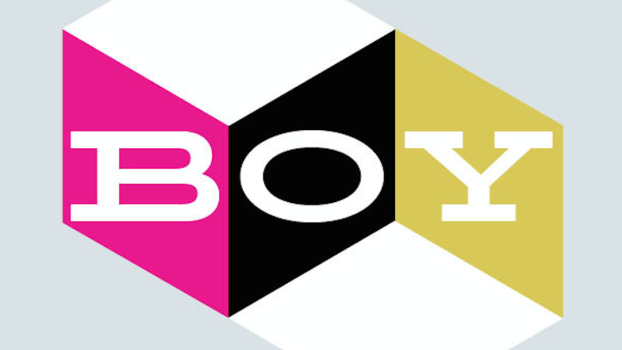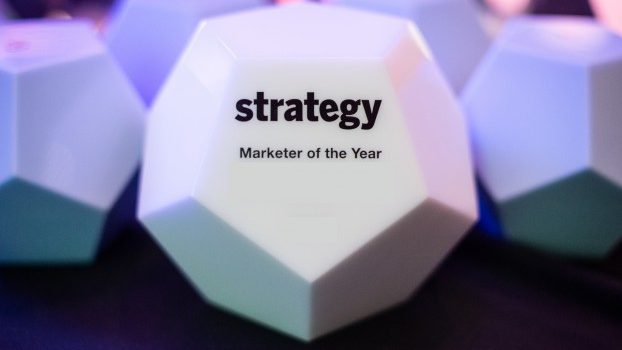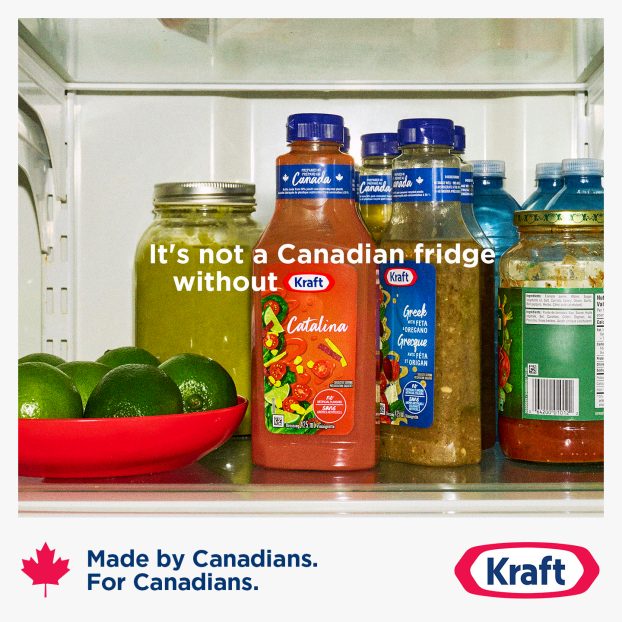By Sonny Wong
There’s a new buyer in town. Chances are you’re not reaching her – and her incredible spending power – effectively.
Let’s call her Qing. Having emigrated from China 10 years ago, she moves easily between Mandarin and English. Qing is a fan of global brands and her network of family and friends extends across international time zones. Qing speaks English at work but consumes entertainment and media in Mandarin. While grounded in Chinese culture, she considers herself a citizen of the modern world.
Qing is part of North America’s new cultural middle class: a significant segment of consumers redefining markets with their “bicultural” sensibilities. Straddling life between two divides, consumers in this segment are clever, connected, and affluent – but often misunderstood by marketers. And this cultural middle class is only growing larger with continued immigration and increasing international travel.
Conventional multicultural marketing misses the mark
Too often, marketers default to what they know. They order up in-language Chinese marketing campaigns because, well, the target audience is Chinese and the prevailing wisdom calls for this response. However, these campaigns often fall short.
That’s because conventional multicultural marketing often treats ethnic consumers as if they live in cultural silos. Viewing the English-speaking and Chinese-speaking markets as isolated entities doesn’t do justice for people like Qing, who converse in both languages and demand deeper communications nuances. The new demo reality demands that campaigns be as culturally blended as the audiences they are trying to reach.
The future of ethnic marketing is bicultural
Too often, brand communications in English media are inconsistent with those found in Chinese media or are simply uninspiring translations. Rather, marketers need to create bicultural campaigns. We should ask ourselves: How can my English-language campaign be adjusted, if at all, so that it complements the Chinese campaign? How can I extend my messaging, rather than replicate it?
In a truly bicultural marketing approach, communications targeting an English audience highlight North American values, with select cues or creative influences from another culture. Communications aimed at the Chinese-language market, for example, primarily speak to Chinese culture, with subtle references to North American values or influences. The resulting campaigns are more nuanced and better positioned to reach today’s bicultural target.
Bicultural creative can take many different shapes. Jarritos, the Mexican soft-drink brand, for example, put up billboard ads with the copy “por flavor!” in the United States. The pairing of Hispanic and English reference was witty, snappy, and memorable.
It could also be expressed through media. For example, for the launch of the OMNI’s Asian Canadian crime drama series Blood and Water, Hamakazi Wong helped create a social media campaign with Facebook as the hub but also supported by Chinese messaging platforms WeChat and Weibo.
Biculturalism could also be expressed through a key message expressed in each language. For instance, the English creative could emphasize the convenience of a product. Meanwhile, the Chinese-language creative could highlight the low cost of the product, because that market is more price sensitive.
In each case, all consumers are exposed to culturally relevant messaging. Consumers like Qing, however, who are fluent in both languages and cultures, are exposed to deeper, more nuanced messaging.
 Sonny Wong is president and creative director at Vancouver-based Hamazaki Wong Marketing Group.
Sonny Wong is president and creative director at Vancouver-based Hamazaki Wong Marketing Group.
























